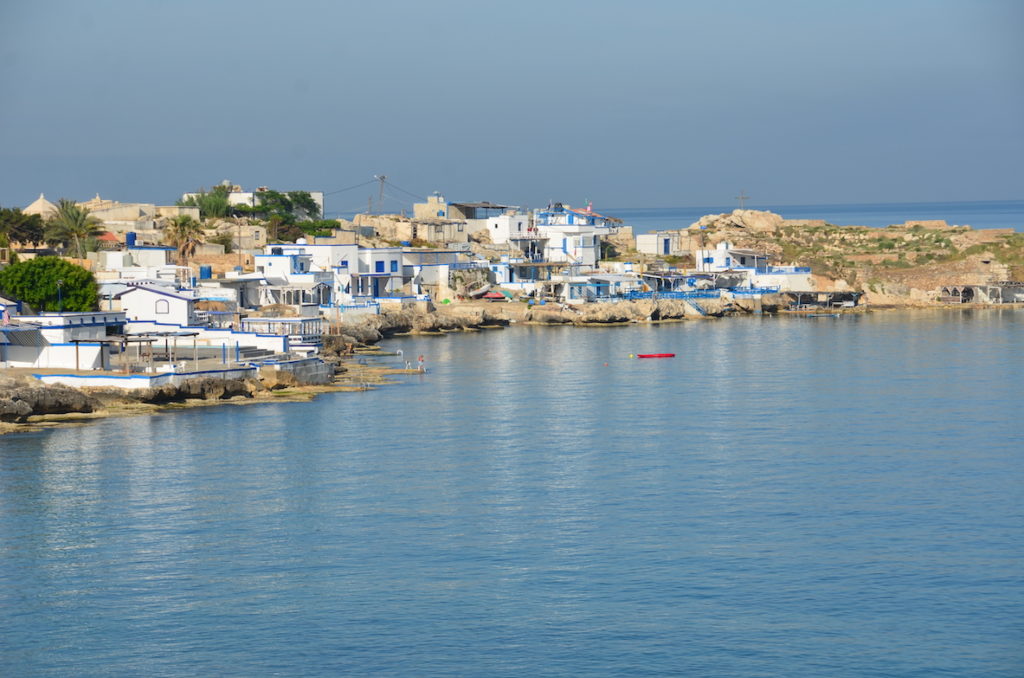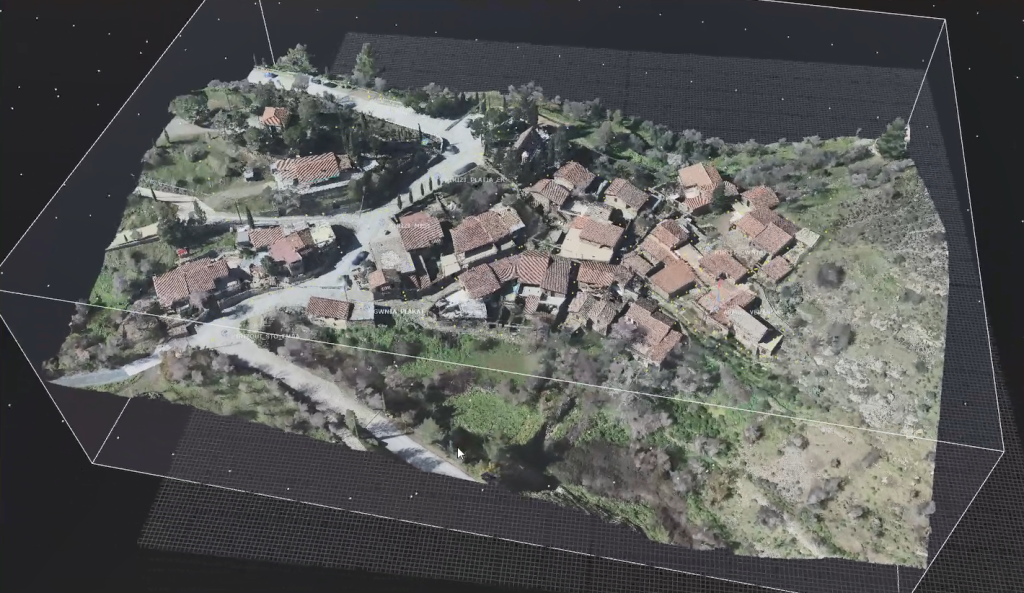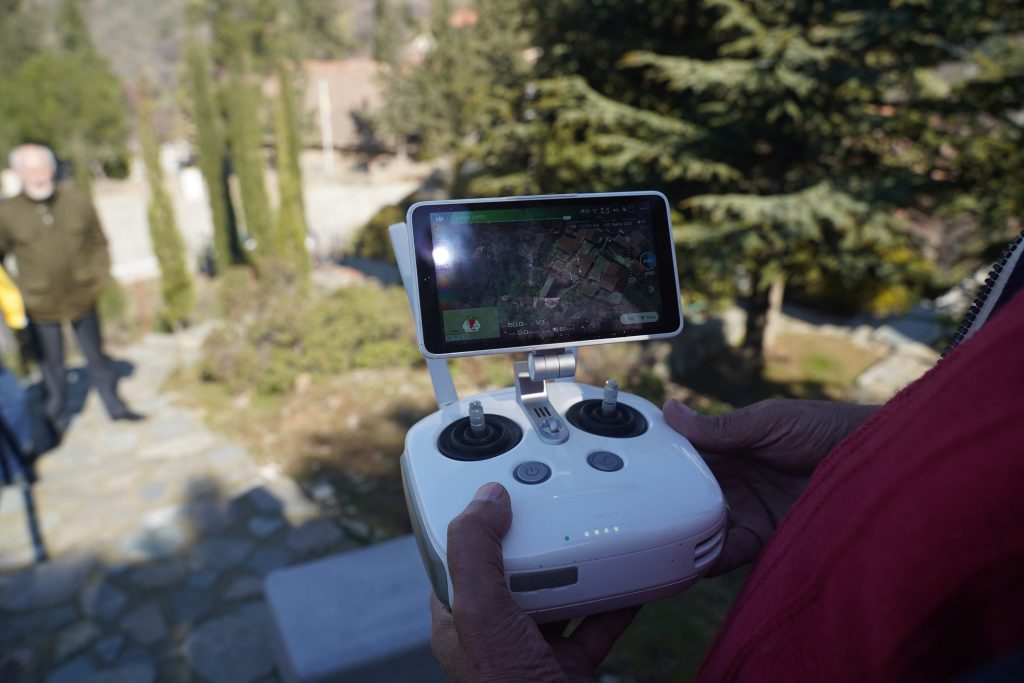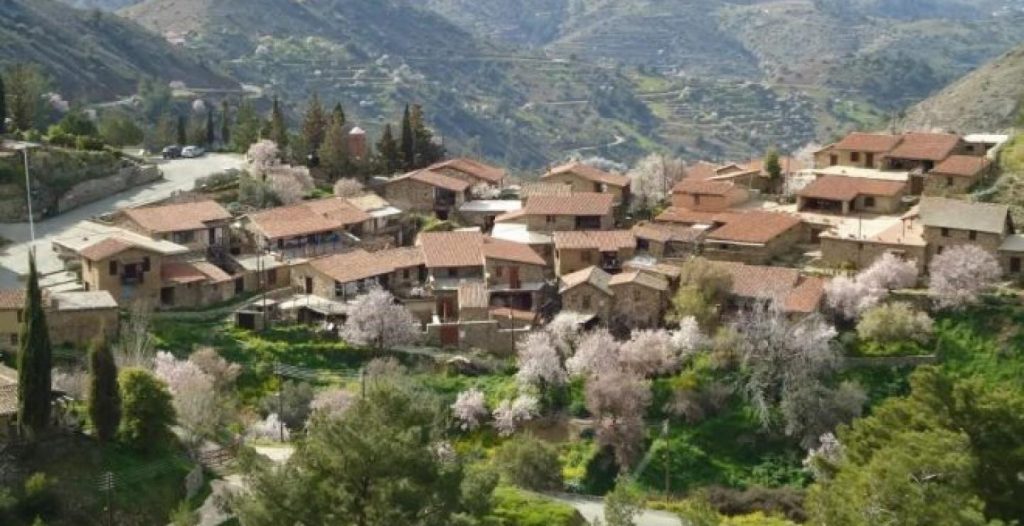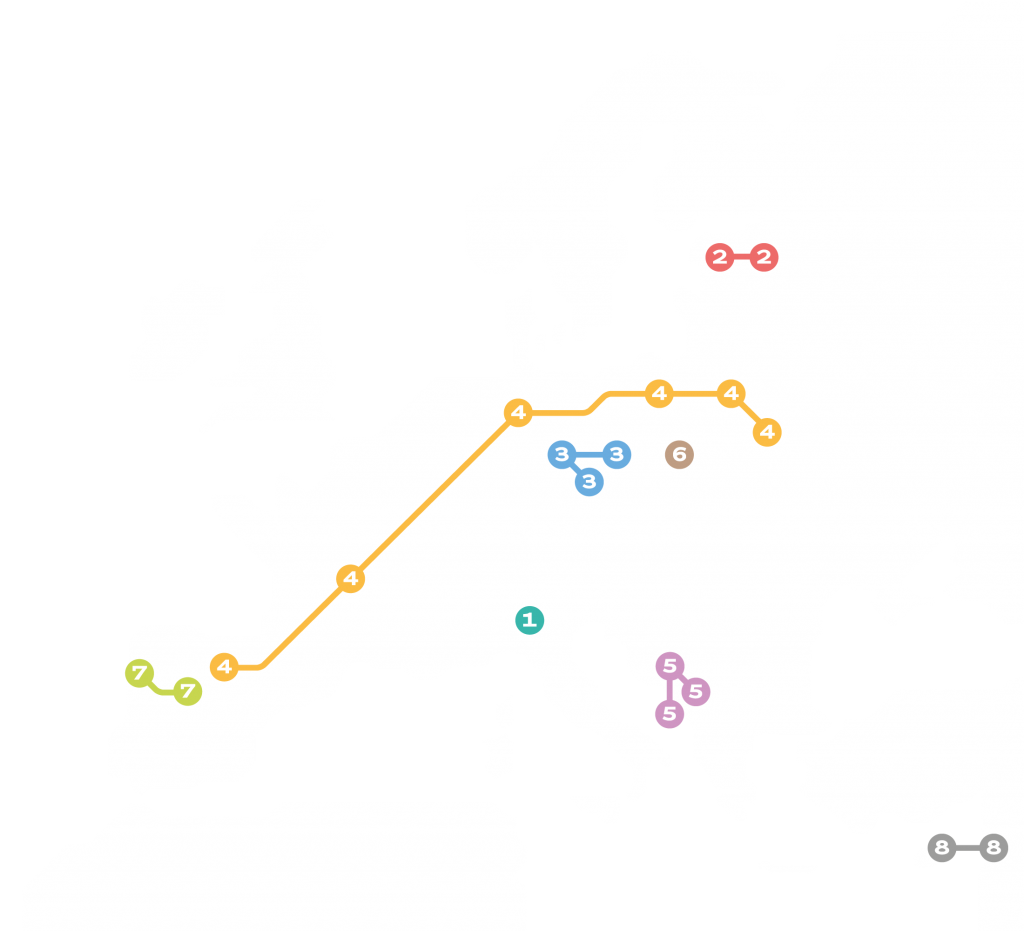Anfeh is located on the coast 70 km north of Beirut. It includes farmland (olive trees), coastal activities (traditional fishing and remnants of salt production), archaeological remains, a small and important medieval chapel dedicated to the Lady of the Winds and a historic monastery (Deir al Natour), both Greek-Orthodox. In this area, “sun and beach” tourism is thriving but it is endangering local traditional trades by replacing them with higher paid work. The management authority of the heritage and landscape of Anfeh (Hima Anfeh) has embarked on several actions aimed at relaunching the traditional salt production and introducing adaptive tourism.
Fikardou is a quasi-abandoned village in the Troodos mountains in Cyprus that received a Europa Nostra award in1987. It is an excellent example of a traditional mountain settlement which has preserved its 18th and 19th century physiognomy and architecture, as well as its natural environment. The main aesthetic quality is the integrity and authenticity of the village, which blends perfectly into its environment.
Anfeh and Fikardou share important similarities: both are placed on the Tentative List of the UNESCO World Heritage, which means both are aiming at a high-quality protection and management of their components that constitute their uniqueness. And both present a harmonious relationship between the built and the natural environment, enabling a perspective of cultural landscape.
Within TExTOUR, Anfeh and Fikardou aim at:
- Exchanging ideas and experiences about management procedures and conservation of the built and landscape heritage and their adaptive reuse
- Reinforcing local typical products at a high- quality level and contributing to their marketing
- Cooperating in cultural tourism and cultural heritage diplomacy
- Inserting more the tourism activity in the local economies through longer stays and willingness to return
- Increasing the visibility of the sites and experiences for inbound visitors and tourists
- Preserving the cultural landscape and bringing awareness for the cultural heritage of the sites and the cultural landscape initiative
